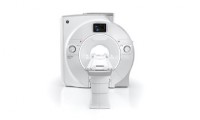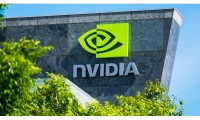-
GE HealthCare partners with Mayo Clinic to accelerate work on imaging and AI
- Source: drugdu
- 125
- September 18, 2023
-
Charles River and Related Sciences partner for AI drug platform
- Source: drugdu
- 193
- September 18, 2023
-
First Wave plans to repurpose Sanofi’s capeserod as GI therapy
- Source: drugdu
- 216
- September 18, 2023
-
Kuano closes £1.8M seed funding round to validate quantum simulation platform for drug discovery
- Source: drugdu
- 142
- September 14, 2023
-
New screening model shown to predict ten year breast cancer mortality risk
- Source: drugdu
- 108
- September 5, 2023
-
Biotech Financings Fall, M&A Activity Expected to Pick Up
- Source: drugdu
- 139
- August 15, 2023
-
Celmatix and Aché Laboratórios partner to tackle unmet need for PCOS drugs
- Source: drugdu
- 118
- August 11, 2023
-
Pfizer, Flagship Team Up in $100M R&D Pact — 10 New Drugs for Unmet Needs
- Source: drugdu
- 129
- July 20, 2023
-
NVIDIA Invests $50m in AI-enabled Drug Discovery
- Source: drugdu
- 126
- July 17, 2023
-
New AI system could revolutionize the diagnosis of valvular heart disease
- Source: drugdu
- 112
- July 9, 2023
your submission has already been received.
OK
Subscribe
Please enter a valid Email address!
Submit
The most relevant industry news & insight will be sent to you every two weeks.













